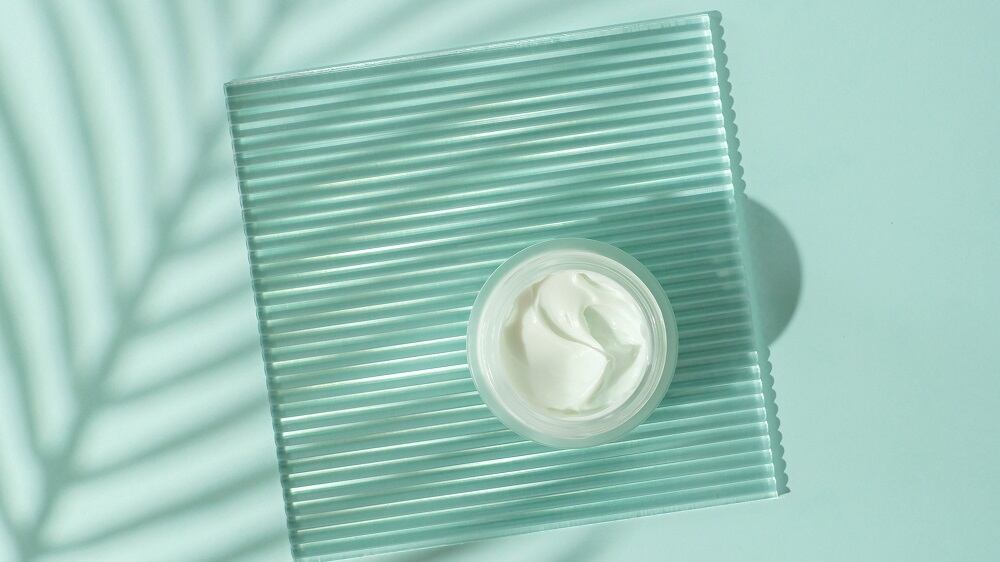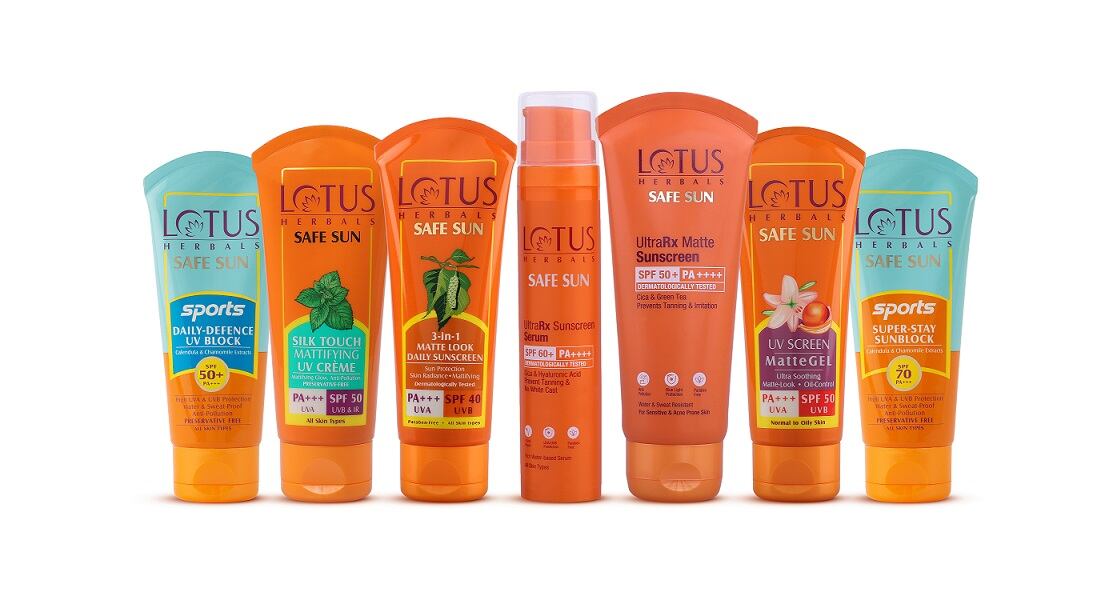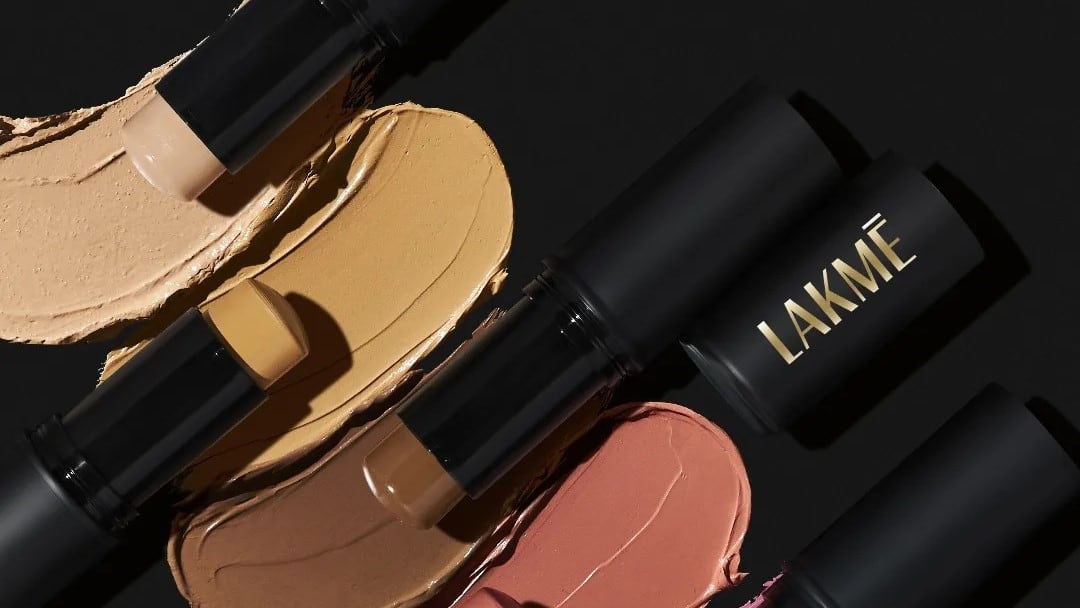From July 1 onwards, all new sunscreen products registered with the Australian Register of Therapeutic Goods (ARTG) must comply with the updated Australian/New Zealand Sunscreen Standard AS/NZS 2604:2021.
The updates include the incorporation of three ISO updates ISO 24444:2019, ISO 24443:2021, and ISO 16217:2020.
Cosmetic scientist Saul Pyle noted that while the updated standards did not bring major chances, they were making big improvements.
“A big part of the changes is basically adopting a lot more of the new updates to ISO standards. For ISO 24444:2019, The standards move away from the Fitzpatrick scale as a way to characterise skin colour. It’s no longer an an individual's perception of what their skin tone is and an actual meaningful number. They're using what we call the individual typology angle to quantify it very specifically.
“ISO 24443, the broad-spectrum standard has been updated to the 2021 standard. There’s the addition of a critical wavelength calculation and operating standard. The Australian standard already made mention of critical wavelength, but it wasn't written into the ISO standard,” said Pyle, who is the founder and technical director of Skinterest, an Australian cosmetic product development laboratory.
Pyle believes such changes would improve the consistency and repeatability between tests by different labs.
“This is hopefully a step towards moving away from in vivo testing and in the future doing more in vitro analytical methods. This is where everyone wants to get to, but they are struggling with consistency between testing labs,” said Pyle
“These changes are positive from our perspective. I’ve sent samples to different testing labs and gotten different results from different labs, which does not fill me with confidence. Hopefully, this is a step towards getting more consistent results between labs so there’s more consistency when you buy something off the shelf.”
Cosmetic companies will be given five years to comply with the standards when it comes into effect in July.
Pyle noted that this was a generous grace period and cosmetic companies are not likely to have much trouble complying.
In addition to the updated ISO standards, there are also enhanced labelling guidelines for aerosol and spray pump sunscreens.
The labels must provide consumers with advice on the amount of sunscreen to apply and advise against spraying on the face or in windy conditions.
Companies will have just one year to comply with these new guidelines.
The regulations were updated to ensure consumers get safe and efficacious protection from the sun.
The Therapeutic Goods Administration (TGA) noted that Australia has one of the highest rates on skin cancer in the world.
Citing data from The Australian Institute of Health and Welfare, it said 18,257 people were estimated to be diagnosed with melanoma in 2023. It was the third most common cancer diagnosed in Australia, comprising 11% of all diagnosed cancers.
“The primary objective of the regulation of sunscreens in Australia is to ensure their quality, safety and efficacy to protect consumers from the sun’s harmful ultraviolet radiation (UVR) and reduce the incidence and tragic outcomes of skin cancer,” said the TGA.





